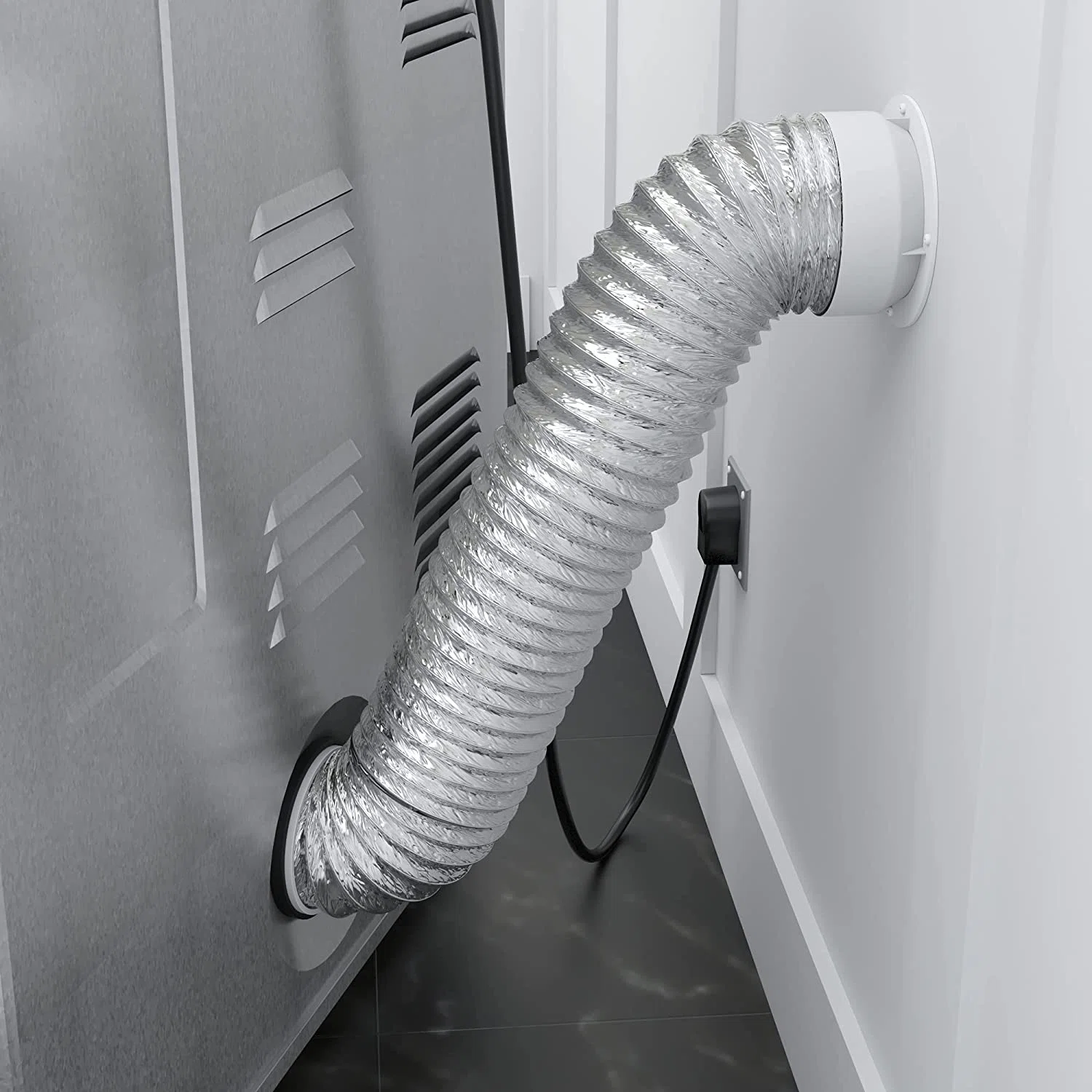Having your dryer vent system installation properly will ensure that your dryer operates safely and efficiently. Dryer lint is flammable, and the more that accumulates in the dryer the duct, the greater the risk. The most obvious deterent to this is to have your dryer vent system properly installed. Building codes are in place for your safety that is why our professional dryer vent installations exceed current building codes.
Here are some tips for installing a dryer vent:

• Choose the right vent material.
Plastic and metal vents are common and affordable options. Plastic is flexible but can melt. Metal is durable but not flexible. Use metal for high-heat situations.
• Check the vent path.
The dryer vent installation route should be as short and direct as possible. Minimize the number of bends. Clear obstacles like cabinets before installing.
• Ensure proper termination.
The vent pipe must end outside, not in an attic, crawlspace or garage. Avoid vertical walls or fences when possible. Face outlets downward and away from areas where people walk.
• Cover exposed surfaces.
Cover any exposed vents, hoses or cables to prevent tripping hazards and damage. Secure vents that run through walls with clamps or straps.
• Ensure tight connections.
All joints and openings in the vent system must be securely fastened with vent tape, clamps, or other approved fasteners to prevent air leaks. No gaps!
• Consider lint clogs.
Place an access panel or screen over the end of the vent to prevent lint buildup. Clean vents regularly to avoid fire hazards. Some kits allow internal access and cleaning.
• Go outside the envelope.
Vent pipes exiting exterior walls must have weather collars to prevent moisture entry. Caulk any air leaks or holes to maintain air seal.
• Provide exhaust capacity.
Size vents according to the specifications for your dryer model to ensure it properly vents moist air and lint. Adding a vent booster fan may be needed.
• Vent desiccants outside.
Dryer exhaust containing desiccants like silica gel must not re-enter the home. Terminate vents upwards and ensure no air leaks exist.
• Follow local codes.
Install dryer vents according to standard air movement codes to ensure safety and prevent hazardous gas issues. Permits may be needed for some vent installations.
• Consider ventless dryers.
Vents are not needed for ventless or condensing dryers which can be installed without permanent venting. But higher costs and limited capacity choices are downsides.




No comment